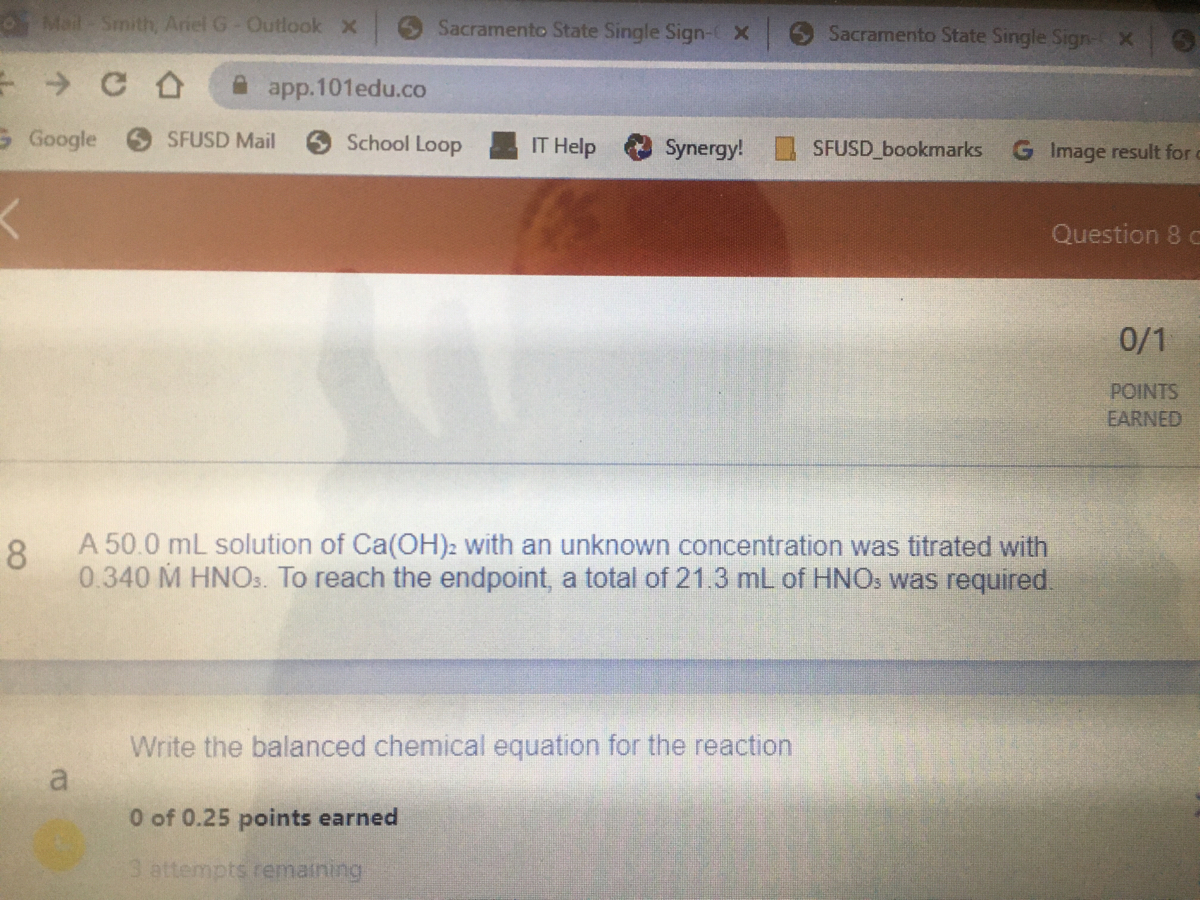
Once the ability of the undergraduate students to solve this kind of problems is demonstrated, an optional undergraduate course is proposed about applied mathematics, including, among others, the indicated themes above. The partial differential equation is solved using the method of variable separation and the Euler equation to find the angular component of velocity. 5.- Potential flow on a cylindrical tube. The partial differential equation describing the heating of a metallic bar in one of its ends is solved, with different boundary conditions, using the weighted residual methods and mainly, the orthogonal collocation method. 4) No stationary heat conduction in a cylindrical metallic bar. The velocity profiles changing with time are found. The Sturm Liouville problem is solved, the variable separation method is used, and one of the differential equations is solved using Bessel functions because it has variable coefficients. It demands the solution of the partial differential equation that describes the starting of a liquid flow, due a pressure difference. 3) Transient flow inside a cylindrical tube. The deduction of Stokes law is performed. It requests the analysis of momentum transport and more complicated procedures than those traditionally taught in the undergraduate programs. This is one problem of momentum transport more complicated than that for a tube filled with only one fluid therefore it leads to the construction of one set of differential equations requiring the use of continuity boundary conditions for determining the velocity profiles of both fluids. The solved problems are the following: 1) A model of laminar flow through a lubricated tube. Several exercises are presented and solved for students in the undergraduate program of chemical engineering in Universidad Autonoma de Zacatecas, Mexico. 52-49-Ext 6135, Fax 52-49, material will discuss the contents of mathematics that should be taught in the undergraduate programs of chemical engineering in the country Mexico and eventually in other countries, what material should be covered, what is the complexity and where the boundary begins with the mathematics taught in graduate programs. 6, Ejido la Escondida, Zacatecas Zac., 98160, Tel. Universidad Autónoma de Zacatecas, Programa de Ingeniería Química, Unidad Academica de Ciencias Quimicas, Campus Siglo XXI, Edificio 6, Carretera a Guadalajara, Km. When you're done balancing, check to make sure that the charges are balanced on each side of the equation.Mathematics Taught in Chemical Engineering, What material should be covered? What should be the complexity?īenito Serrano *, Juan Jose Mejia, Victor Javier Cruz, Alfonso Talavera, Jesus Moreira. Double-check that each side of your equation has zero charge.Because you want to balance in a basic solution, you want to cancel out the hydrogen ions. Balance the positive hydrogen ions with negative hydroxyl ions.Write all of the reactants on the left side of the equation and all of the products on the right side of the equation. The electrons on either side of the equation must be made equal so when the half-reactions are added together, the electrons will cancel out. Multiply each half-reaction by a scaling factor so that the electrons are equal in both half-reactions.After you have balanced the hydrogens and oxygens, one side of your equation will be more positive than the other. Equalize the charges by adding electrons to the proper side of the equation.Like you did with the oxygen atoms, determine the number of hydrogen atoms on each side of the equation. Balance hydrogen atoms by adding H to the opposite of the equation.Balance the equation by adding water molecules to the side that has fewer oxygen atoms until both sides are equal. Determine the number of oxygen atoms on each side of the equation. Balance the oxygen atoms by adding H2O to the opposite side of the reaction.

After you have determined that a redox reaction is occurring, it is time to balance it.


Balancing in a basic solution follows the same steps as above, with one extra step at the end. Split reaction into two half-reactions.73% (61) Views 28K Estimated Reading Time 9 mins Published


 0 kommentar(er)
0 kommentar(er)
